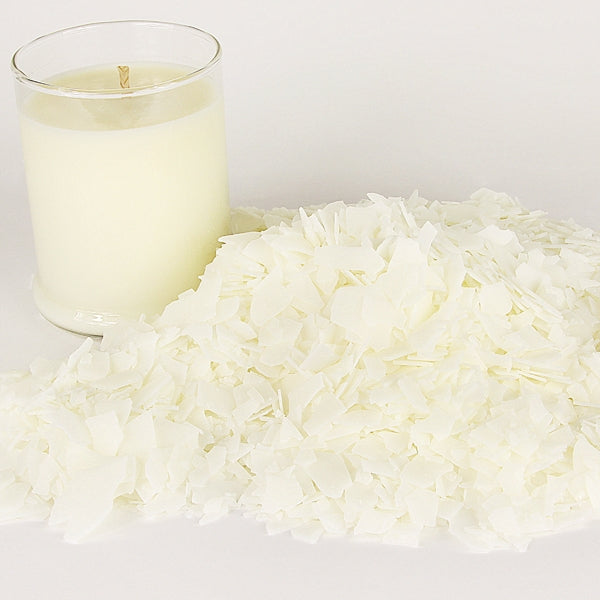From Wick to Wax: Understanding the Chemistry Behind Soy Wax Candles and Their Environmental Effect
As we brighten our rooms with the warm glow of candle lights, there exists a realm of complex chemistry behind the relatively basic act of lighting a soy wax candle. The selection in between soy and paraffin wax expands beyond mere aesthetic appeals, delving into the world of environmental impact and the extremely make-up of the products. Comprehending the molecular structure of soy wax and its burning process clarifies the exhausts launched into our surroundings. Join us as we decipher the clinical complexities behind soy wax candle lights and explore their implications on our environment.
Soy Wax Vs. Paraffin Wax
When comparing soy wax and paraffin wax for candle light production, it is vital to understand the unique characteristics and benefits of each product. Soy wax is a natural, renewable energy derived from soybean oil, making it green and biodegradable - home fragrance. On the other hand, paraffin wax is a by-product of oil refining, which elevates issues about its ecological effect and sustainability
Soy wax candle lights burn cleaner and produce much less soot contrasted to paraffin wax candles, making them a much healthier option for interior air top quality. Furthermore, soy wax has a reduced melting factor, enabling a longer-lasting candle that distributes scent better. Paraffin wax, on the various other hand, has a tendency to burn faster and less cleanly, potentially releasing damaging chemicals into the air.
From a sustainability viewpoint, soy wax is preferred for its biodegradability and sustainable sourcing, lining up with the expanding customer preference for environmentally aware products. While paraffin wax has been a traditional choice in candle light making because of its price and convenience of use, the change towards environment-friendly options like soy wax is gaining energy in the market.
Chemical Make-up of Soy Wax

Combustion Refine in Soy Candles
The chemical composition of soy wax directly affects the burning procedure in soy candles, impacting variables such as shed time, scent launch, and environmental impact. When a soy candle is lit, the warm from the flame melts the wax near the wick.
The combustion effectiveness of soy candle lights is affected by the purity of the soy wax and the top quality of the wick. Additionally, soy wax candle lights have a lower environmental influence contrasted to paraffin candles due to their renewable and eco-friendly nature.

Environmental Advantages of Soy Wax

Thought about a sustainable alternative to traditional paraffin wax, soy wax offers remarkable environmental advantages that make it a preferred option amongst eco-conscious consumers. One considerable benefit of soy wax is its renewable sourcing. Soy wax is stemmed from soybean oil, which is mainly grown in the United States. The farming of soybeans aids support local farmers and reduces the dependence on non-renewable nonrenewable fuel sources utilized in paraffin wax production. Furthermore, soy wax is biodegradable, indicating it breaks down normally without launching see here damaging toxins right into the setting. This characteristic makes soy wax candle lights an extra eco-friendly alternative compared to paraffin wax candle lights, which are made from oil, a non-renewable source. Moreover, soy wax burns cleaner and generates less soot than paraffin wax, adding to much better indoor air quality and decreasing the need for cleaning and maintenance. In general, the environmental benefits of soy wax straighten with the expanding need for eco-friendly and lasting items on the market.
Recycling and Disposal Factors To Consider
Recycling and appropriate disposal of soy wax candles play a vital role in maintaining environmental sustainability and reducing waste in houses and communities. When it comes to reusing soy wax candles, the initial step is to make certain that the candle has actually shed totally. This can be accomplished by permitting the candle light to melt until the wick is no much longer useful, and afterwards allowing the remaining wax cool and strengthen. Once the wax has actually strengthened, it can be very carefully gotten rid of from the container.

In regards to disposal, if recycling is not an alternative, soy wax candles are biodegradable and can be securely thrown away in the majority of household waste systems. It is always advised to check with neighborhood recycling centers or waste administration services for details guidelines on candle light disposal to guarantee appropriate handling and environmental defense.
Final Thought
In conclusion, the chemistry behind soy wax candle lights discloses their environmental benefits over paraffin wax candle lights. Soy wax, derived from soybean oil, burns cleaner and generates much less soot when compared to paraffin wax.
When contrasting soy wax and paraffin wax for candle production, it is essential to understand the distinctive characteristics and benefits of each product (soy candles).Soy wax candle lights shed cleaner and give off much less soot compared to paraffin wax candles, making them a healthier selection for interior air top quality.Thought about a lasting option to standard paraffin wax, soy wax offers significant environmental benefits that make it a prominent option among image source eco-conscious customers. Soy wax burns cleaner and generates much less residue than paraffin wax, you could look here adding to much better interior air high quality and decreasing the requirement for cleaning and upkeep.In conclusion, the chemistry behind soy wax candle lights reveals their ecological benefits over paraffin wax candle lights